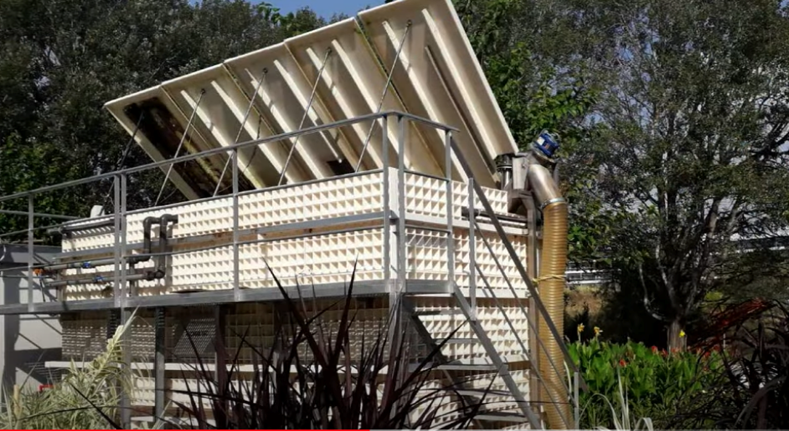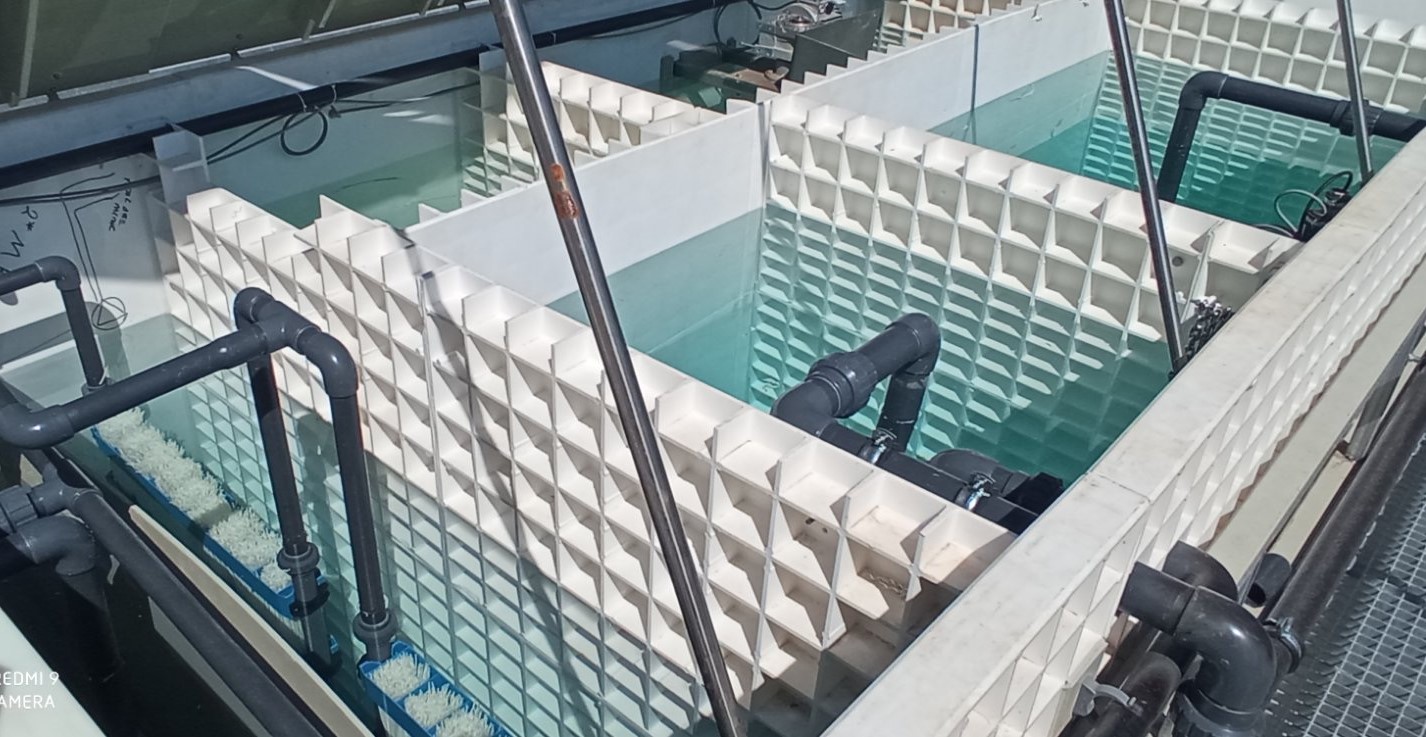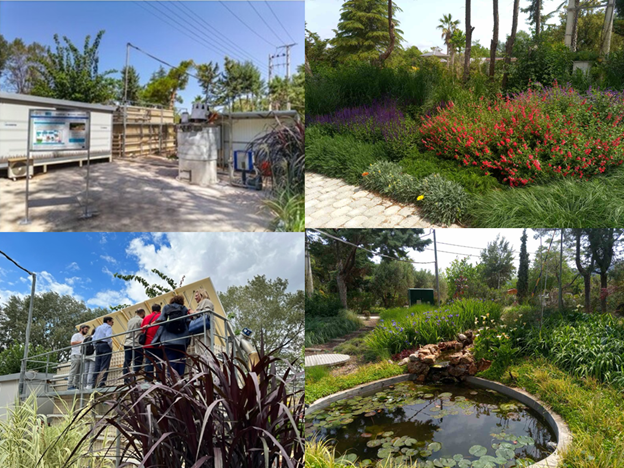Sewer Mining technology
Sewer mining is an innovative wastewater recycling technology that transforms waste into a valuable resource, promoting the circularity of urban environments, enhancing community resilience and facilitating a sustainable transition for effective climate adaptation.
The technology offers a flexible, scalable and transferable circular economy solution that can be integrated into a container. The core concept is summarised as follows:
- Wastewater is extracted directly from the local sewage network.
- The wastewater is treated on-site using a portable treatment unit at the point of demand.
- High-quality water is produced, suitable for irrigation of green spaces, replenishing groundwater, and other applications (e.g., street cleaning, fire safety, etc.).
The key idea behind this pioneering technology is to deploy treatment plants where the demand exists and where wastewater is readily available, as it is ubiquitous throughout urban areas.


The Sewer Mining system consistently generates approximately 25 m3 of reclaimed water daily. This recycled water is used to irrigate a series of gardens surrounding the technology, yielding excellent results in plant growth, thanks to the nutrients present in the treated water.
The entire process is carefully monitored and controlled through dedicated sensors and actuators, with the system’s performance visually represented via real-time data flow and processing. In addition to online monitoring, laboratory tests are conducted for various parameters, including COD, BOD, TP, TN, NH4-N+, NO3-N-, TC and EC, pH, conductivity, dissolved oxygen, and TMP.
The technology is gaining traction due to a range of benefits:
- High-quality irrigation water is produced on-site in dense urban environments.
- The unit operates reliably, and the treatment process is highly effective, adhering to international and European standards and regulations.
- Runoff, wastewater transportation costs, and potable water demand are reduced, helping conserve natural resources.
- The system has a compact footprint, as it is housed in a container.
- The process can be combined with fertilizer production for on-site disposal.
- The technology enhances the resilience of cities to climate change.

Notice
Page is Under Construction
Notice
Page is Under Construction
Notice
Page is Under Construction
Notice
Page is Under Construction
